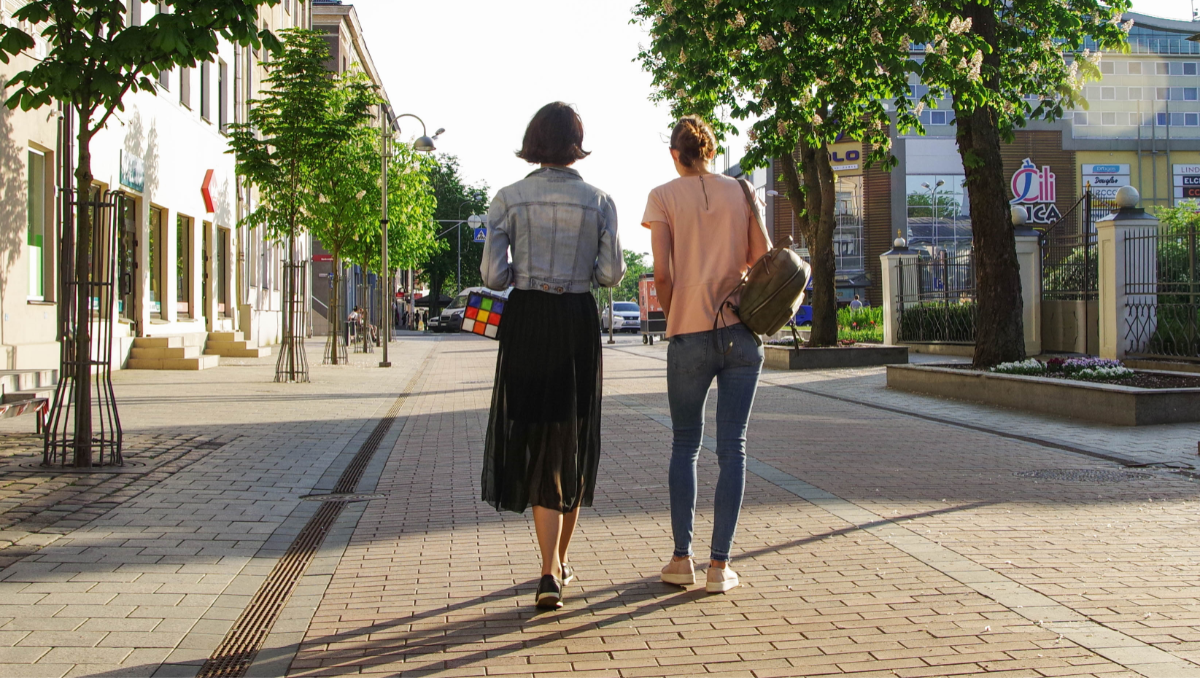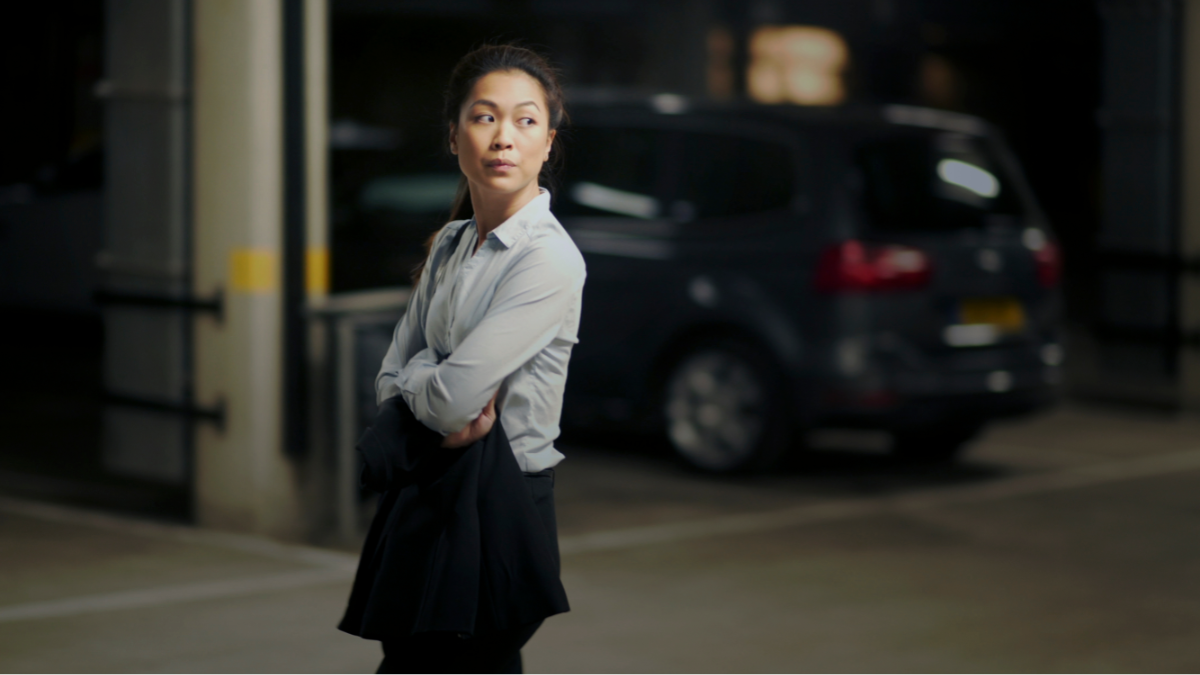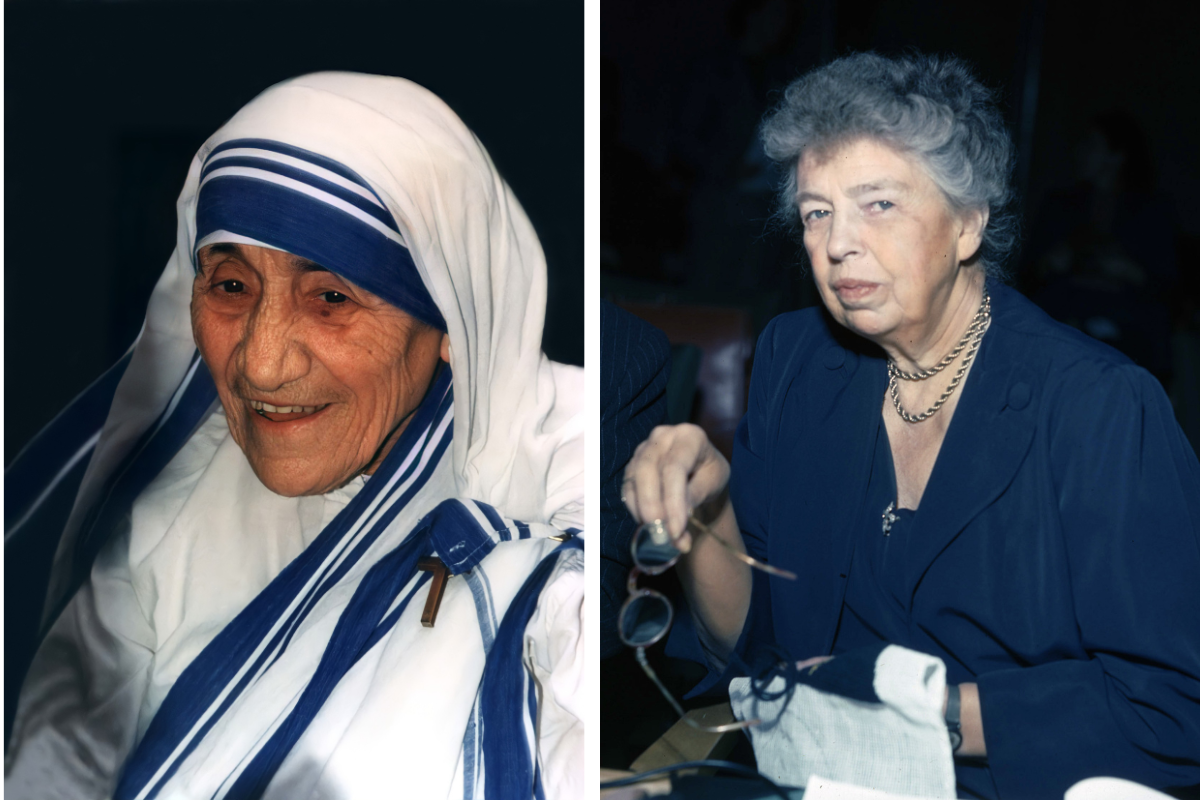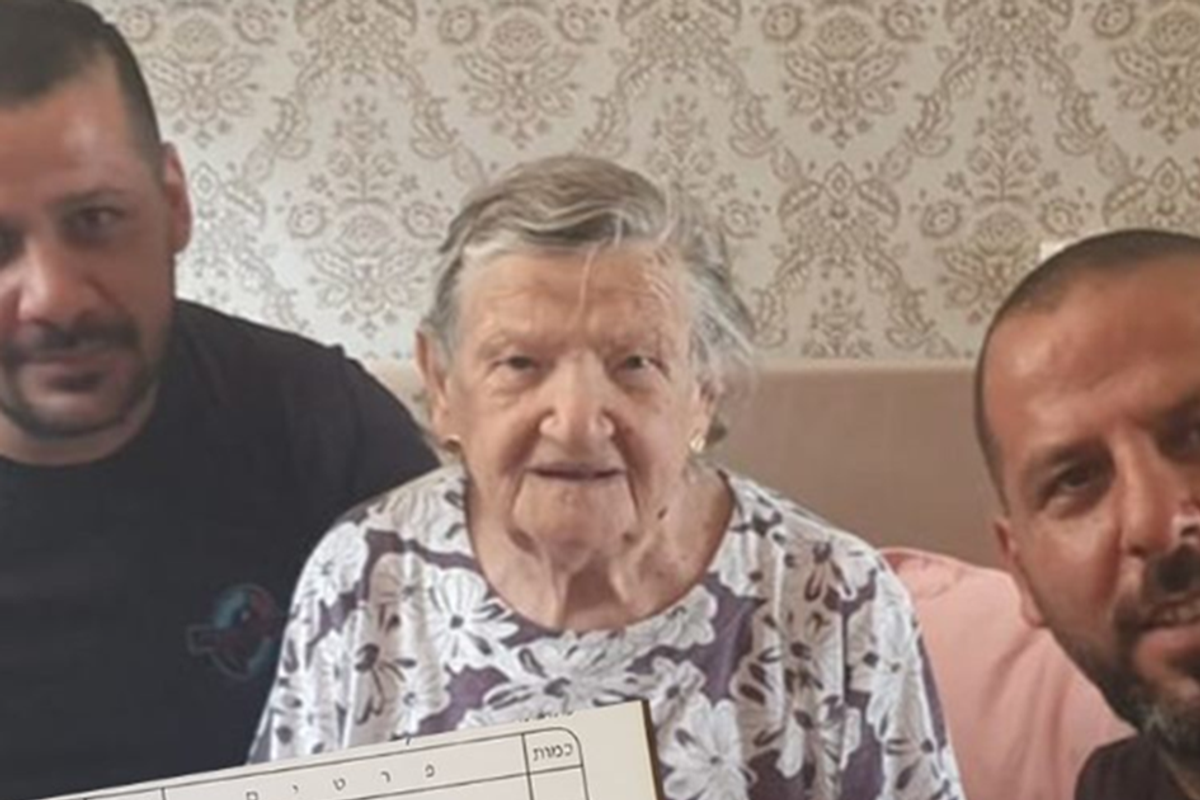5 reasons why Friendsgiving is secretly the best fall holiday there is.
Friends are your family by choice. You should celebrate them.
You've heard of Friendsgiving, right?
That's Friendsgiving (not to be confused with America's day of giving thanks or that one time you and your friends gathered to watch every single Thanksgiving episode of "Friends"). Photo via iStock.
As the name implies, Friendsgiving is just like Thanksgiving only celebrated with friends, not family. I'm a sucker for celebrations that involve food and friends, and any day that lets me celebrate both at once, so Friendsgiving is one of my favorite holidays (although — yes, Mom — I definitely love Thanksgiving, too).
But because Friendsgiving often gets overlooked, here are five reasons you should celebrate Friendsgiving too:
1. Friendsgiving fills a void for people who'd rather not spend the holiday with family.
Thanksgiving can be a very stressful, anxiety-inducing day. Many people have complicated family relationships and issues they're not ready to discuss with a table of people. And for some of us, those messy family dynamics are a deal-breaker (and rightfully so).
Photo via iStock.
For, say, an LGBTQ person whose parents aren't fully accepting or someone dating a person of a different race who has ... let's go with "old school" (*cough* racist *cough*) ... family members, Thanksgiving can be nothing short of a painful affair. So it makes sense that they'd want to skip it altogether.
But Friendsgiving? Much different. You're with the family you choose.
As Kat Kinsman wrote for CNN's Eatocracy in 2013, friends are just easier:
"We picked each other. ... We each know how to make ourselves happy, and are eager to share these best and brightest parts of ourselves, whether they're traditional dishes, blessings, stories and rituals, or something that struck our fancy this year that we're eager to give."
2. Friendsgiving is for eating whatever foods you want. And its usually done potluck-style.
Alfredo pizza fan? Go for it. Pad thai with shrimp? YES. Dessert first? Why not?
If you're not the meat-and-potatoes type that salivates over a more conventional Thanksgiving meal, Friendsgiving might be for you. Mix it up with your friends. Add variety to the table. Live a little! If you ask me, it's easier to swap in new dishes with trusting buddies than to convince Uncle Pat there's nothing to fear about chicken curry.
Photo via iStock.
And here's where your kitchen-savvy friends come in. Because with Friendsgiving, everyone brings their culinary A-game. (And bonus points if your friends come from various backgrounds and have different cultures/traditions/unique takes on the holidays to share.)
Sure, some families already do this for Thanksgiving and divvy up food responsibilities. But with Friendsgiving, it's the standard. Jessica Ferri, a Brooklyn-based writer who's hosted Friendsgiving since 2009 with her husband, says it's part what of makes the day so special.
"I really love that it gets all my friends cooking," she told Upworthy, noting that as host, she takes on the turkey every year, but friends bring plenty of other dishes. "Some of [my friends] are incredible cooks."
This is evidence of Jessica's Friendsgiving. Take me there. Now. Photo courtesy of Jessica Ferri, used with permission.
This way, there's not just one person in the kitchen who's overly stressed, sweating and panting (and possibly setting things on fire), like poor Mrs. Doubtfire.
3. Choosing Friendsgiving over Thanksgiving means more money in your already thin wallet (and less relatives to *make note* of that thin wallet, too).
Nearly 47 million Americans will travel at least 50 miles to celebrate Thanksgiving this year. When you figure in gas, airfare, and/or potential hotel stays, it can mean one seriously wounded bank account. (And you still have Hanukkah gifts to buy!)
Photo via iStock.
If you're software consultant Justin Patterson, you might skip the travel altogether because it's just not worth it.
"Thanksgiving can be stressful," he told Upworthy. He's hosting his fourth annual Friendsgiving this year down in Austin, Texas, and says each one just keeps getting "bigger and better."
"Traveling to visit family, dealing with flights [and] traffic, and all of the B.S. that goes along with it can really put a damper on the holiday. With Friendsgiving, it's all about de-stress and relaxation."
If you care about saving money — because it may not be growing on the trees in your neighborhood these days (I've been there) — it's nice to have understanding friends to spend the holiday with, many of whom may be in the same financial boat. And, as noted up in item #1, sometimes family members aren't the most supportive people in the world, and that can reflect in how they view your financial situation too (which, of course, is none of their business in the first place, but you know ... #family).
4. You can celebrate Friendsgiving whenever you want.
Thanksgiving day is pretty official — like, on the federal calendar official. And sure, Friendsgiving can be a direct replacement for Thanksgiving, but it doesn't have to be. Pick a day, any day, and make it happen — as many times (with as many groups of friends) as you want!
Friendsgiving's date flexibility is perfect for, say, a working single parent trying to make ends meet by picking up extra shifts around the holidays or a young person who might have to work Thanksgiving day or (ridiculously) early the next morning.
Photo by Rob Stothard/Getty Images.
So for someone who doesn't have the concrete 9-5, paid-time-off work life, Friendsgiving's flexibility is a terrific option for the holiday.
But just to be clear: Spending a Thanksgiving with friends doesn't necessarily mean it isn't a real Thanksgiving (as some have argued). I see that point, but here's what I say to that: Not all Thanksgivings are Friendsgivings, but every Friendsgiving can be a Thanksgiving, if you want it to be.
If you're celebrating with friends on Thanksgiving Day and want to call it Thanksgiving, go for it. If you're celebrating with friends on Thanksgiving Day and want to call it Friendsgiving, that works too. But if you're celebrating with family on Thanksgiving ... it's probably weird if you call that Friendsgiving.
5. For those of us who do sign up for a familial Thanksgiving, Friendsgiving gives us another day to celebrate friendship. Because that's important!
As detailed in #1, many people opt out of the traditional Thanksgiving festivities because of (big) problematic family dynamics. But that doesn't mean everyone who chooses to celebrate Thanksgiving is in for a day of pure family bliss.
Photo via iStock.
It's actually fairly normal to feel anxious about the day for a number of reasons. Here are a few that might sound familiar...
- You know combative Aunt Ruth will somehow find a way to bring up how climate change isn't real. And, knowing you think differently, she'll certainly find a way to bring you into the conversation.
- Your dad worked as a [insert standard corporate job title] for 40 years, and you're a [insert new-age-y digital job title], and he just doesn't get it. So he makes jabs at your work (and thus, you) while passing the gravy.
- You know your brother-in-law will crack a Caitlyn Jenner "joke," and you'll undoubtedly ponder the "Is it worth the fight?" question in your head for the next half-hour.
- Your grandma's wi-fi broke, and you'll definitely be the one your family volunteers to fix it.
Don't get me wrong — family time can be wonderful. But for those of us who spend half of Thanksgiving Day feeling #blessed because we have the "best family in the world" and the other half trying not to lash out at mom because her narcissism is showing, an additional Friendsgiving holiday can be the perfect November stress-reliever.
After all, friendships are vital — it's important we prioritize our non-blood-related family during the holidays, too.
Friendsgiving may seem like a fluffy pseudo-holiday reserved only for millennials and Instagram.
But it actually does make a big difference to many people. If you feel like you could benefit from a no-stress, affordable, potluck pig-out day of giving thanks with your friends (and who couldn't?), I certainly recommend giving it a try.




 Walking down the aisle in a target.via
Walking down the aisle in a target.via  The front of a Target.via
The front of a Target.via 
 Women walking down a street.Image via Canva Photos.
Women walking down a street.Image via Canva Photos.  Woman aware of her surroundings in a parking garage. Image via Canva Photos.
Woman aware of her surroundings in a parking garage. Image via Canva Photos.

 The Memorial to the Murdered Jews of EuropeBy Alexander Blum - Own work, CC BY-SA 4.0
The Memorial to the Murdered Jews of EuropeBy Alexander Blum - Own work, CC BY-SA 4.0 Move over, Mario Brothers.
Move over, Mario Brothers.